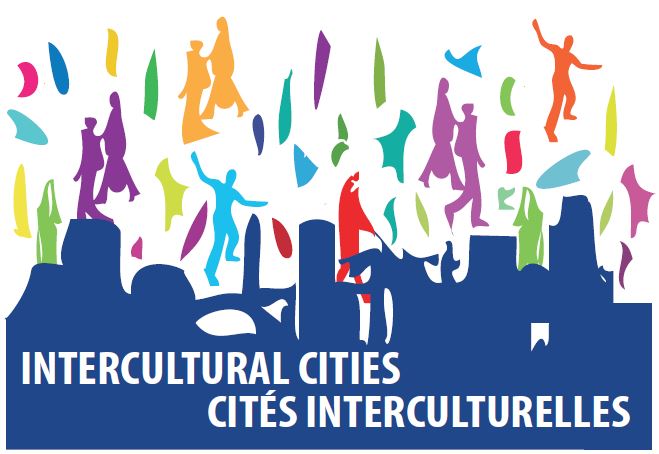Valencia, Spain - Intercultural City

Valencia sits on the banks of the river Turia, on the Iberian Peninsula's east coast, on the shores of the Gulf of Valencia on the Mediterranean Sea. It is the third-largest city in the country, with more than 800 000 inhabitants, 1.6 million if including its metropolitan zone. While its economy is primarily focused on the service sector, Valencia also hosts a dynamic manufacturing sector which employs 8.5% of its population. Its port is the biggest in the Western Mediterranean and Spain's second biggest in terms of traffic. Centuries of history have enriched the city with a wide array of traditions and popular celebrations, such as the Fallas, which UNESCO inscribed on the Intangible Cultural Heritage List in November 2016.
Valencia is the capital of the Valencian Autonomous Community. Residents with foreign nationality represent 18.5% of the 830 606 total inhabitants of Valencia. Citizens from South America are the largest group, followed by people from Asia. The main countries of origin by number of inhabitants are: Colombia (18 218), Italy (14 097), Venezuela (9 946), China (8 495), Ukraine (7 972), Romania (7 744) and Pakistan (6 258)
In 2002, the City Council launched its first Municipal Plan for Immigration Integration. Within the framework of this Plan, the Immigration Assistance Centre (CAI) was created.
The North-South Plan 2009-2013 followed the previous Plan and established an area of intervention dedicated to interculturalism. In October 2018, the City Council approved the Municipal Immigration and Intercultural Plan 2019-2022, which focused on the intercultural approach instead of an approach based on care/assistance management
The current planning framework for immigration and interculturalism is included in the Valencia City Council's 2021-2025 Social Inclusion and Cohesion Plan.
- What is the ICC Index?
- Valencia results (May 2023)

María José CATALA





